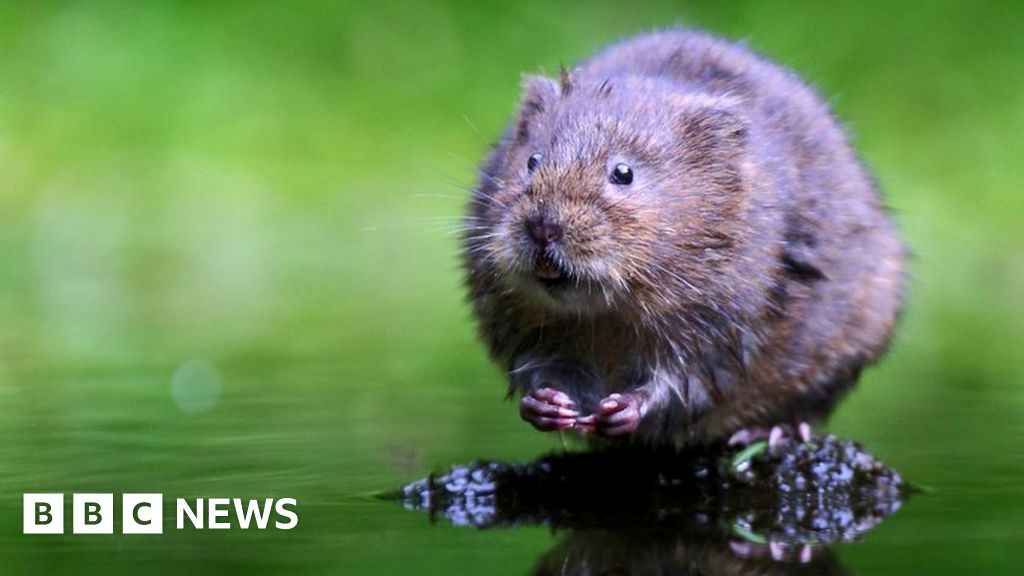England’s fastest-declining mammal, the water vole, is among thousands of species set to benefit from a £25m scheme to restore “critical” habitats.
The government funding will be used to improve more than 3,300 hectares vital for “iconic” wildlife, also including butterflies, otters and dragonflies.
The government said the scheme would help it meet its target to protect 30% of land for nature by 2030.
But conservation groups warned the fund is “only a fraction” of what is needed.
Forcing the water companies to actually do their jobs and stop dumping sewage would probably help too.
This is the best summary I could come up with:
England’s fastest-declining mammal, the water vole, is among thousands of species set to benefit from a £25m scheme to restore “critical” habitats.
The money, from the National Lottery Heritage Fund, will go to 20 conservation projects across England, including the creation of 49 hectares of wetland around chalk river habitats in Hertfordshire and Middlesex.
The Hertfordshire and Middlesex Wildlife Trust says the area is home to 10% of the world’s globally rare chalk rivers, and that the money will be used to support species such as water vole, otter, wild brown trout and European eel.
The species survival fund will also support a partnership of schools, farmers, and landowners across the mid-Cornwall moors area to restore woodland and heathland, as well as species-rich acidic grasslands.
The Department for Environment, Food and Rural Affairs says about 8.5% of land in England has been protected so far, but that figure is disputed by some conservation groups.
Environment Minister Rebecca Pow said the funding would be “a key plank in achieving our legally binding targets to halt species loss” and would “enable local authorities, landowners, farmers, and our protected landscapes organisations to restore nature at scale”.
The original article contains 463 words, the summary contains 193 words. Saved 58%. I’m a bot and I’m open source!
They’ll probably just waste it on hookers and blow (and presumably some water too)




